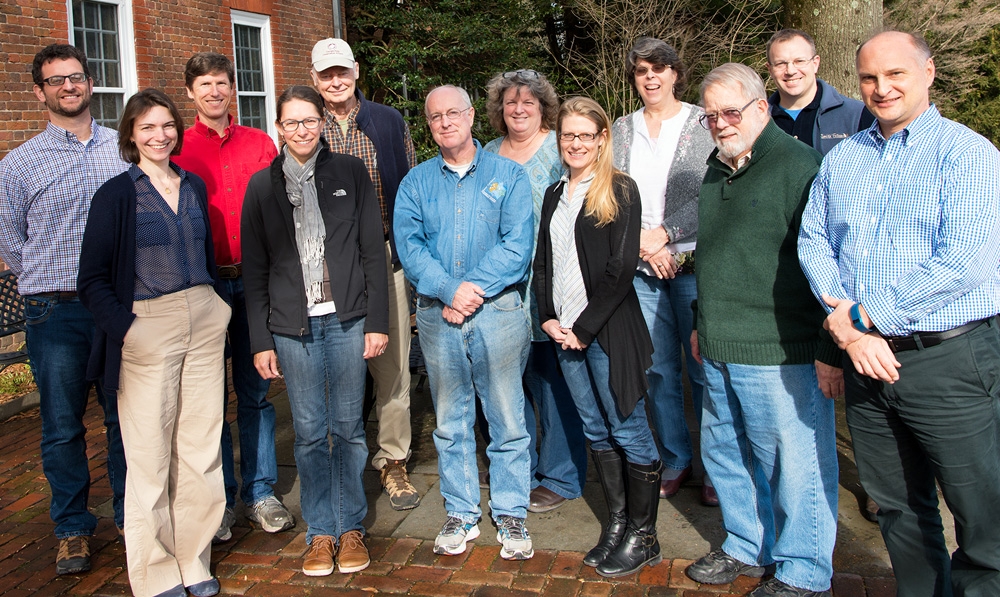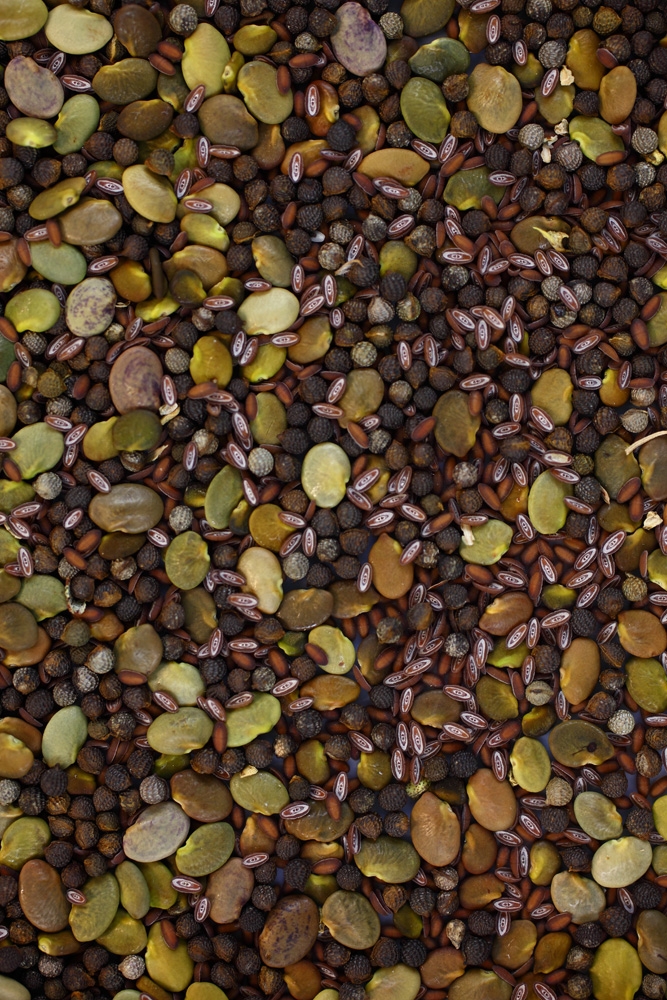How to select plant material for restoration
When does it matter if the seeds or plants are from local sources?
The second week of January 2017, twelve experts from around the country representing botanic gardens, academics and practitioners, gathered at a workshop hosted by the Mt. Cuba Center in Hockessin, Delaware. The workshop, entitled “Risks, Rewards and Realities when Sourcing Native Plant Materials for Restoration,” was co-sponsored by the US Botanic Garden and the Mt. Cuba Center. I was privileged to be invited and attend as a representative of Denver Botanic Gardens.
As interest in planting natives increases (see Doug Tallamy’s Bringing Nature Home as one example), there is an ever-growing need to know where plants should be sourced from for different projects. Should seeds be collected from local plants or will cultivated plants serve just as well? How does this change if the planting is in a backyard or a 50-acre restoration project?
The mantra is ‘local is best,’ but is that always the case? Plant traits change with their provenance, and determining the best choice in terms of genetic adaptability, ecosystem compatibility and biodiversity support is a complicated topic. Our aim is to tackle this topic and provide the public and plant nurseries with guidelines on where to source plants from for small-scale restoration projects.
By the end of the workshop, we began to develop a tool assessing various options of plant provenance, compiled scientific literature on the topic and started writing our recommendations. Over the next several months, the tool will be refined and tested using commercially available plants. Results of our analyses will provide general guidelines on when seed and/or plants should be sourced locally and when it is best to source them from other places.


Add new comment